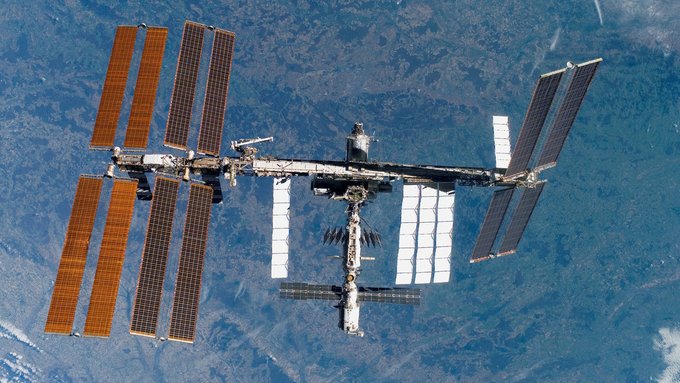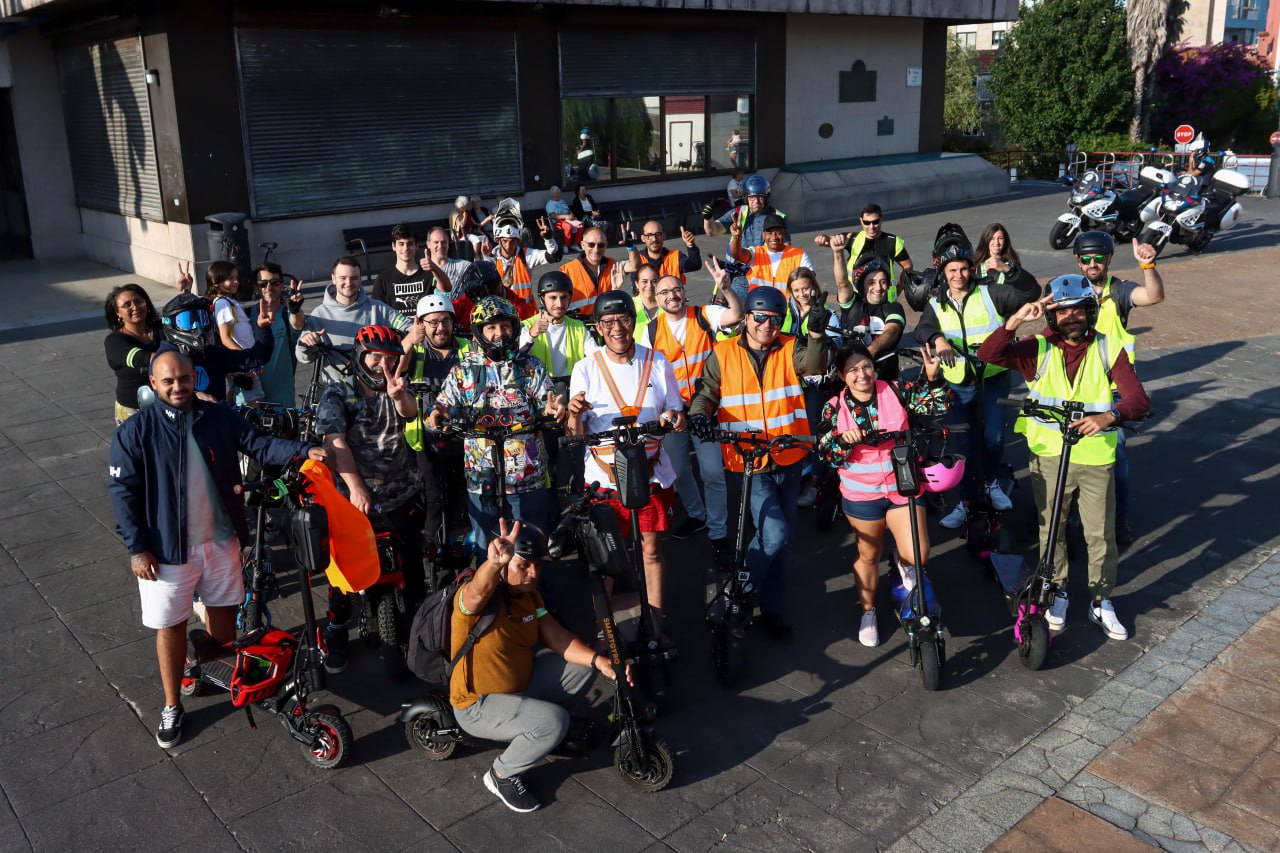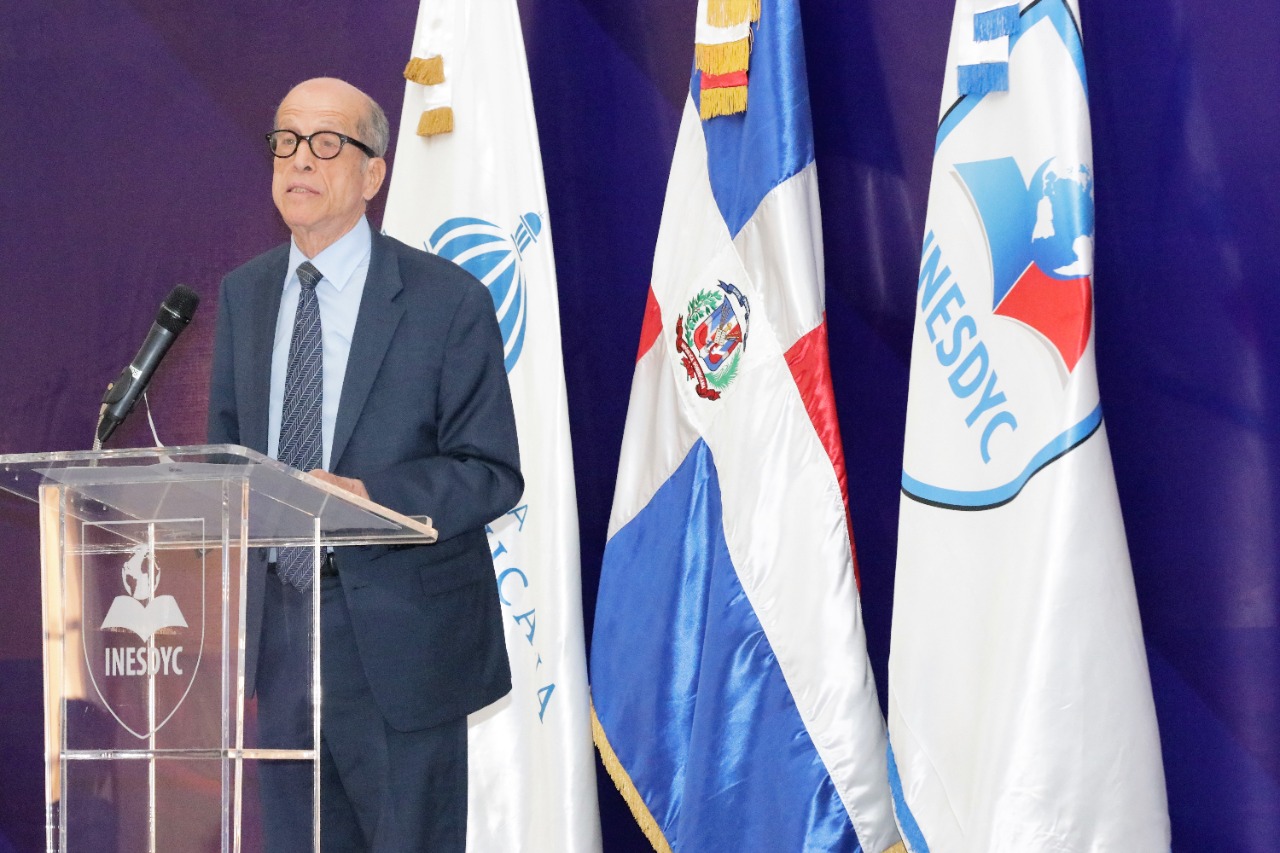Washington, March 30 (Europe Press) – New research reveals that astronauts have an amazing ability to orient themselves and measure the distance they travel while free from the pull of gravity.
The findings of the study, conducted by the University of York in collaboration with the Canadian Space Agency and NASA, have implications for crew safety in space, and could provide clues about how aging affects the balance systems of people here on Earth, says Professor Lawrence Harris of the University of York. .
“It has been shown repeatedly that the perception of gravity affects cognitive ability. “The most profound way to see the effect of gravity is to eliminate it, which is why we took our research into space,” says Harris, an expert in vision and motion perception who also directs the Multisensory Integration Laboratory and is former director of the Center for Vision. York Research Centre.
“We have had a continuous presence for nearly a quarter of a century in space, and as space efforts grow and we plan to return to the Moon and beyond, answering questions about health and safety has become increasingly important.” It appears from our study that humans are surprisingly able to compensate appropriately. About the lack of a natural environment on Earth using vision.”
Harris and his collaborators studied dozens of astronauts aboard the International Space Station, which orbits about 400 kilometers from the Earth's surface.
Here, Earth's gravity is almost canceled out by the centrifugal force generated by the station's orbit. In the resulting microgravity, the way people move is similar to flight, Harris says.
“Previously, people had anecdotally reported that they felt like they were moving faster or farther than they actually were in space, so this provided some incentive to record that,” he explains.
The researchers compared the performance of dozens of astronauts (six men and six women) before, during and after their year-long missions to the space station, and found that their sense of how far they were traveling remained largely intact.
Space missions are busy businesses, and it took researchers several days to communicate with the astronauts once they arrived at the space station. Harris says his research may not have been able to capture the early adaptation that may have occurred in those early days, and “it's still a good piece of news because it says that whatever adaptation happens, it happens very quickly.”
Space missions are not without risks. As the International Space Station orbits Earth, it occasionally collides with small objects that can pierce the spacecraft, forcing astronauts to scramble to safety.
“On several occasions during our experiment, the ISS had to perform evasive maneuvers,” Harris recalls. “Astronauts need to be able to go to safe places or escape from hatches on the International Space Station quickly and efficiently in emergency situations. “So it was very reassuring to know that they were actually able to do it quite accurately.”
The study, recently published in npj Microgravity, has been a decade in the making and represents the first of three papers investigating the effects of exposure to microgravity on various perceptual abilities, including estimating eye tilt and distance. Traveled and object size.
Harris says research shows that exposure to microgravity largely mimics the aging process on a physiological level (bone and muscle wasting, changes in hormonal functioning, increased susceptibility to infection), but this paper finds that self-motion is largely unaffected, suggesting To balance problems. Which often stems from aging may not be related to the vestibular system.




/https://assets.iprofesional.com/assets/jpg/2023/03/550401_landscape.jpg)
